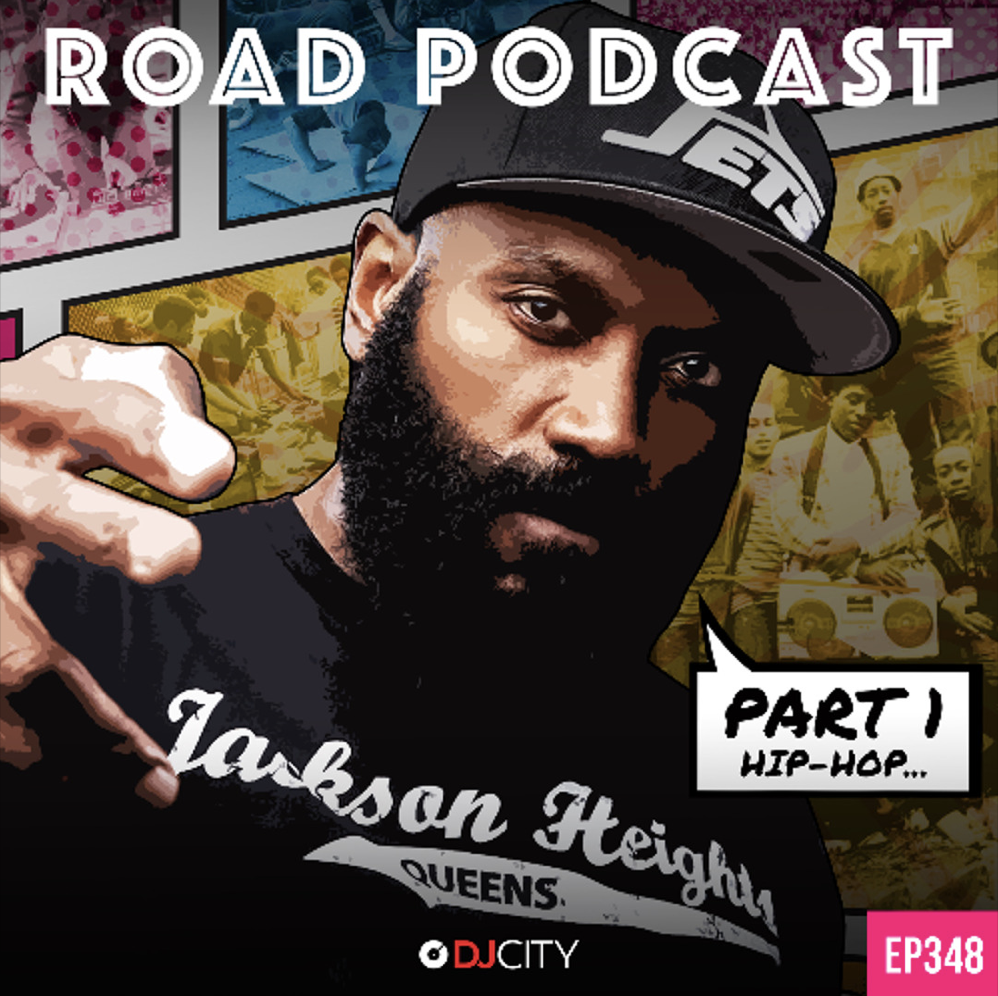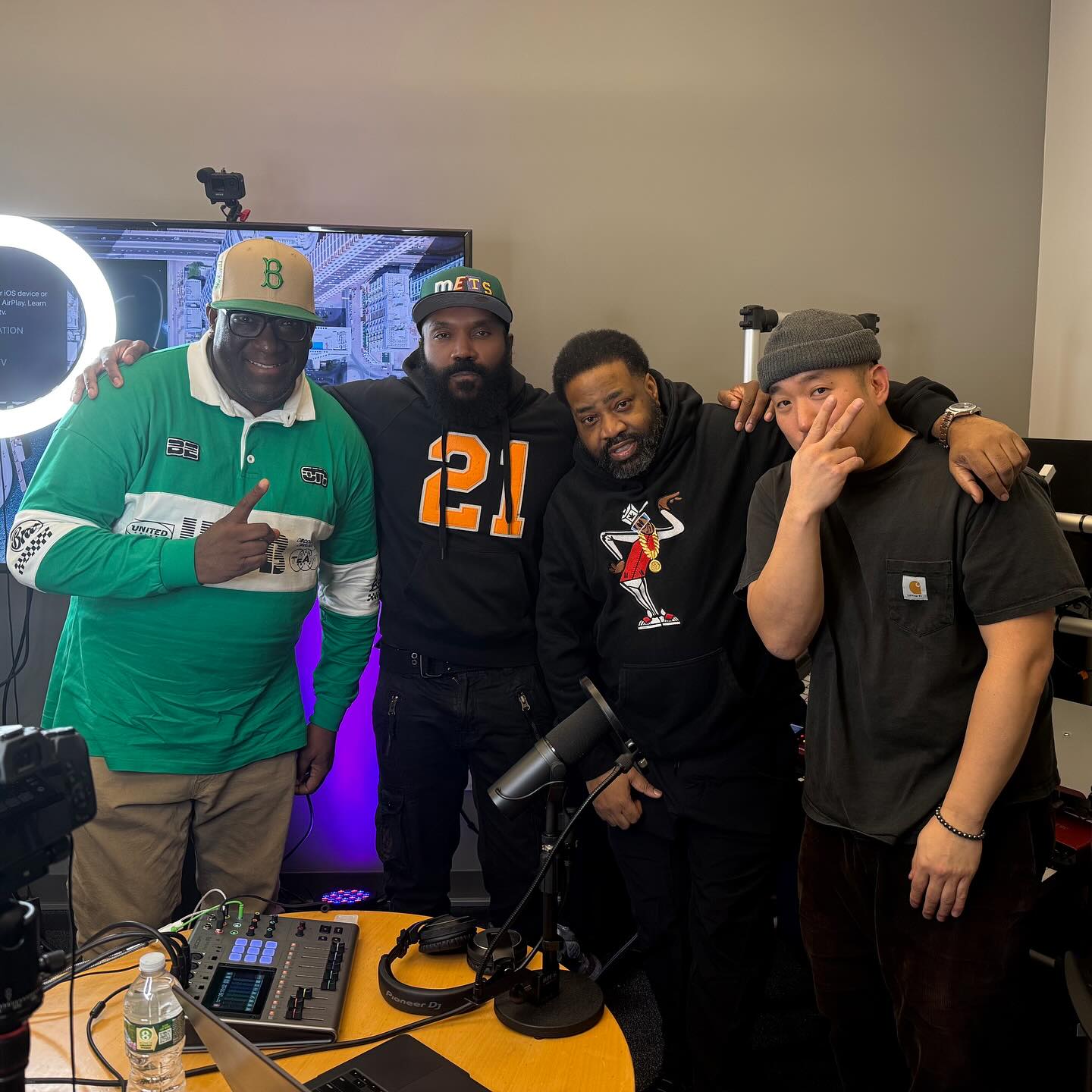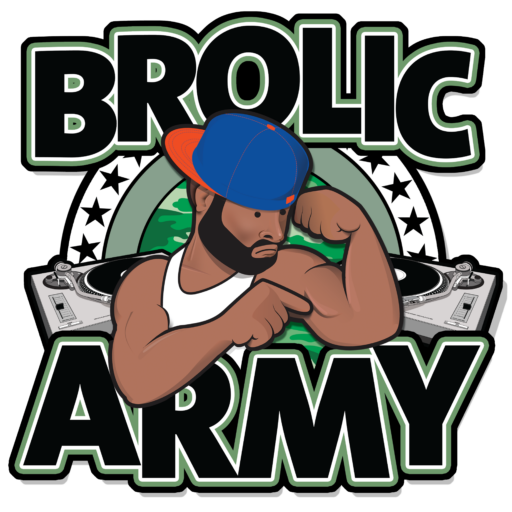ROAD PODCAST episode 348: Rob Swift (part 1)

I’m excited to share that I am the featured guest on this week’s episode of the Road Podcast. Hosted by DJ Crooked and co-host DJ GoldFinger, I discussed with them the inspiration behind my latest book, The City of Hip-Hop: New York City, The Bronx, and A Peace Meeting, which I co-authored with Rasul Mowatt (NC State).
7:12 What race started Hip-Hop? – Despite the breadth and depth of the diversity within Hip-Hop, the perception of Hip-Hop as a monolith persists in certain circles. But any intelligent Hip-Hop head knows our culture is more like a mosaic. It takes a nuanced mind to comprehend Hip-Hop’s strength, which has always been in its diversity.
35:47 The connection between reparations and Hip-Hop – The idea that there are “guests” in Hip-Hop is nonsense. While it’s important to acknowledge those who can claim to be among the first to contribute to Hip-Hop culture, innovation, impact, and longevity are just as important, if not more significant.
Invention and innovation are not isolated concepts in Hip-Hop; they intersect and have been crucial to the culture’s growth into a worldwide phenomenon. Being one of the first to lay the foundation of the “house of Hip-Hop” is commendable. Still, the contributions from people of diverse backgrounds, from Puerto Rico to Japan, who built upon that foundation have been essential in shaping the structure that Hip-Hop has become.
1:00:53 Urban Planning – The construction of the Cross-Bronx Expressway displaced communities, primarily affecting Black and Brown residents but also some white residents of the Bronx. This displacement was justified under “slum clearance and urban renewal.” The bulldozing in the South Bronx resulted in declining property values. If you Google search “South Bronx 1970s,” you will find images of neighborhoods reduced to rubble due to the CBE’s construction. This same rubble inspired Grandmaster Flash and the Furious 5’s song “The Message” and appeared in the first hip-hop film, “Wild Style.” The plummeting property value, coupled with the city’s neglect of the area, led many residents, mainly Whites, to choose to move away, leaving Black and Brown families with little choice but to stay. If you don’t understand this connection, it indicates your understanding of what was happening in NYC during the ‘70s and Hip-Hop culture is shallow.
1:41:55 Standard DJing vs Hip Hop DJing – DJ Flowers and Disco King Mario, among others, were not Hip-Hop DJs. They were standard DJs, and there’s nothing wrong with that distinction. Throughout history, both past and present, there have always been DJs whom I hold in high regard. However, it’s important not to confuse standard DJing with Hip-Hop DJing. Simply playing “black music” or Disco does not qualify someone as a Hip-Hop DJ. If that were the case, Nicky Sciano, David Mancuso, and Francis Grasso would also be considered Hip-Hop DJs. What differentiates a DJ from a Hip-Hop DJ is how they manipulate the music, regardless of genre, using techniques such as scratching, back spinning, and trick mixing. The pioneers of Hip-Hop DJing include Kool Herc, Afrika Bambaataa, Grandmaster Flash, GrandWizzard Theodore, Jazzy Jay, Grandmixer D.ST, Tony Tone, Charlie Chase, Whiz Kid, and Mix Master Ice. That distinction should be recognized and accepted.
Before I go, I’d like to thank the ROAD PODCAST for hosting me. I have been a fan of their show for years, and appearing as a guest was indeed an honor.


